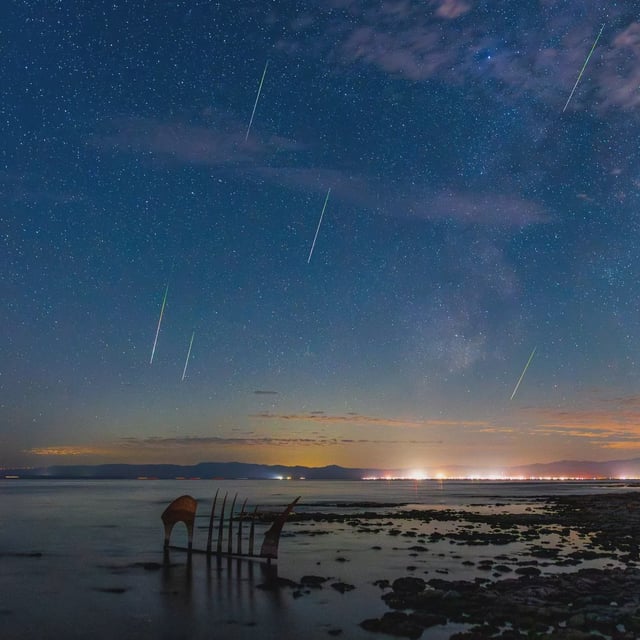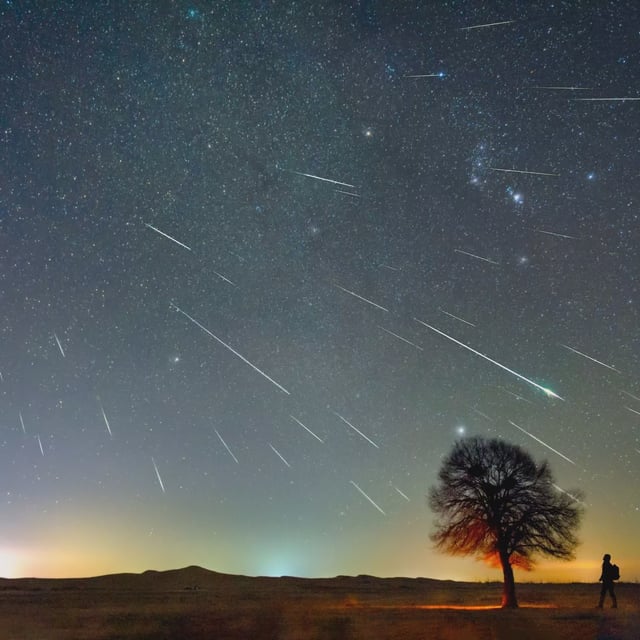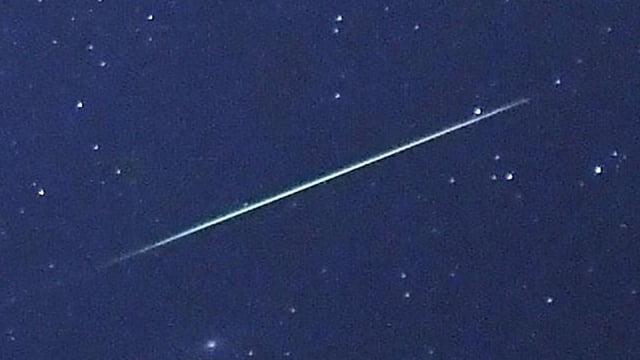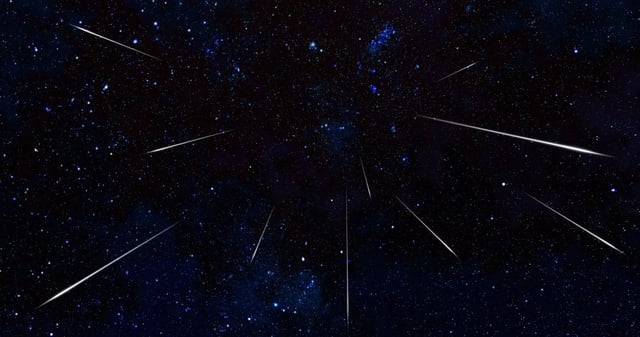Overview
- The Perseid meteor shower runs through August 24 but will be most visible during the New Moon window through July 28, with July 24 offering peak darkness.
- Comet 109P/Swift–Tuttle debris fuels the Perseids, with meteors entering the atmosphere at 7–45 miles per second and producing up to 150 shooting stars per hour under ideal conditions.
- Observers are advised to escape light pollution, allow at least 10 minutes for eyes to adjust to darkness and choose wide, open sky views to maximize meteor counts.
- The Delta Aquariid and Alpha Capricornid showers will peak concurrently on July 30–31, yielding about 25 meteors per hour from Aquarius and around five per hour from Capricornus.
- Guidance from the Royal Observatory Greenwich, American Meteor Society and NASA JPL highlights timing, radiant positioning and environmental conditions for optimal skywatching.



